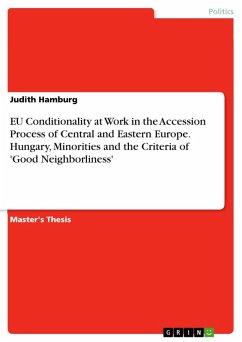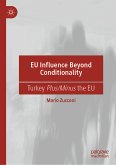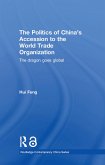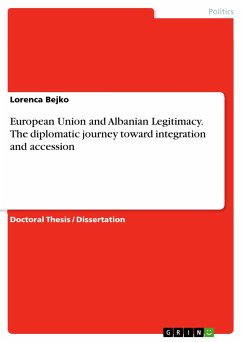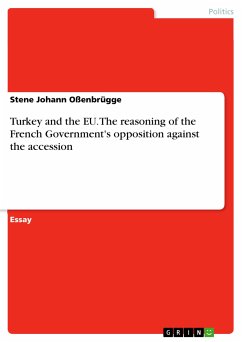Master's Thesis from the year 2007 in the subject Politics - International Politics - Topic: European Union, , language: English, abstract: Hungary, one of the Central European states that freed itself from Communist rule through a peaceful and negotiated revolution during 1988/1989, entered the post-Cold War era with a considerable unsolved national 'problem', or the "minority problem" as Katona points out. This 'problem' is constituted by the existance of more than 2 million ethnic Hungarians living as national minority groups in its neighbouring states. The particuliarity of this problem does not only derive from the size of the minority groups - which is approximately third of the Hungarian state's total population - but also from the fact that the post-1989 era was one of the first opportunities in Hungarian history when the state could actually lead a sovereign foreign policy.
Dieser Download kann aus rechtlichen Gründen nur mit Rechnungsadresse in A, B, BG, CY, CZ, D, DK, EW, E, FIN, F, GR, HR, H, IRL, I, LT, L, LR, M, NL, PL, P, R, S, SLO, SK ausgeliefert werden.

